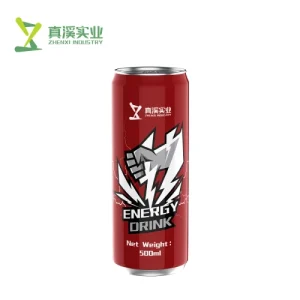Cans for beverages are everywhere with ubiquitous daily use in packaging soft drinks, beers and other wet liquid refreshments. They comprise some significant part of what needs to be produced, shipped and recycled.
Empty weights of a typical aluminum beverage can, which has cutouts to reduce weight without sacrificing many strength where it is needed; are about 14-15 grams for a standard size (12 US fl oz. or 355 ml.) empty consumeiatorisch cans That specific weight could differ slightly by manufacturer and can design. Another element of the can manufacturing process that has been modernised over recent years is weight reduction, which in turn saves costs and makes for a more sustainable product. A standard aluminium can of the 1970s, for instance weighed about 20 g but technology advancements have slashed this by around a third.
The weight savings have been substantial for packagers, with broad implications on the beverage industry as a whole. Less weight in the cans means less transport costs and environmental pollution. Ball Corporation, one of the largest manufacturers in this area say that reducing a can by just 1 gram will save over 200 million pounds of aluminum annually if applied across global production.
Weight of beverage cans also has a significant impact on shipping efficiency. Less heavy cans = better packing and lower transport costs. A typical 40ft shipping container can carry around 2,200 filled up cans of 12 ounces size with the weight allowing for both empty food and beverage aluminum containers. All these lead to decreased fuel consumption which in turn results less greenhouse gas emissions translating into an eco-friendly alternative.

The light-weight-and-strong material, aluminum in the case of beverage cans. Since aluminum is corrosion resistant, it prevents the quality and taste of beverages from changing. The version of aluminum used in cans is usually an alloy with the base metal yielding to add tensile strength and machine-ability, using about 1/4-% for both.
In addition to this, aluminum cans are highly recyclable which only adds to their eco-friendly nature. Aliminium is also 100% recyclable; there are no limits to how many times an aluminium product can be recycled. Recycling aluminum saves 95% of the energy used to make new material from raw materials. The United States had a 2019 recycling rate for aluminum beverage cans of only 50.4% as Europe did much better at an average of 74.5%.
In any case, environmental god David Attenborough knows that recycling stands as the first line against all waste and destruction of everything beautiful. "The future of humanity and indeed, on Earth in now in our hands." This position continues to fuel efforts into enhancing the recyclability and sustainability of beverage cans.
The weight of beverage cans even affects the experience for consumers. We opted for the lightweight cans, which are more convenient to consumers whether purchasing in multi-packs or just grabbing one on-the-go. Even though the weight has been reduced, there have been no compromises to overall can integrity or performance when being used as a safe and viable beverage package across all categories.
In sum: the weight of how Beverage Cans perform, their cost performance and environmental footprint. These innovations merge to yield more portable, recyclable products that reflect a new level of carbon-conscious sustainability in the beverage industry. Their balance of light weight, strength and recyclability makes aluminum cans a fave with the soda companies as well.
